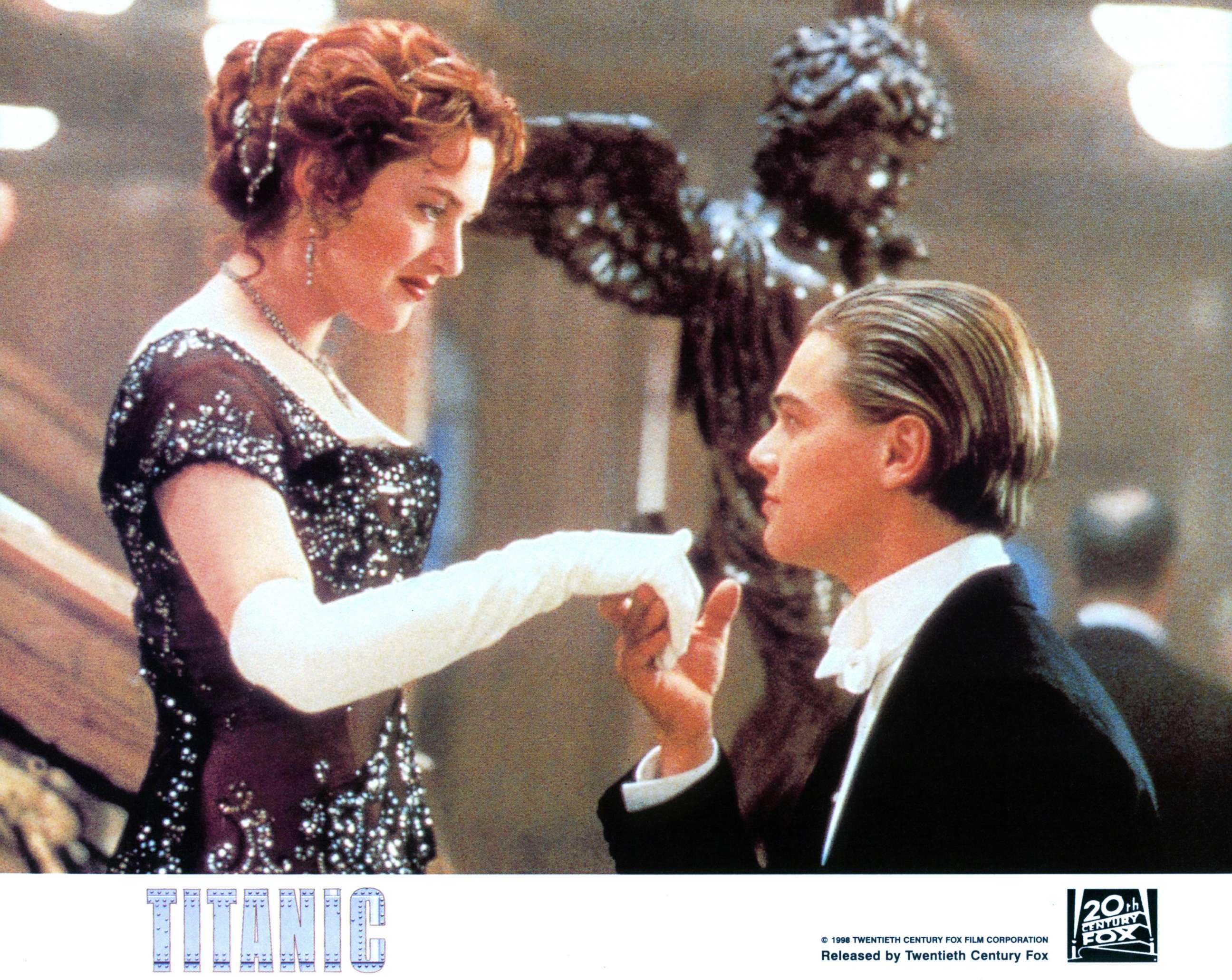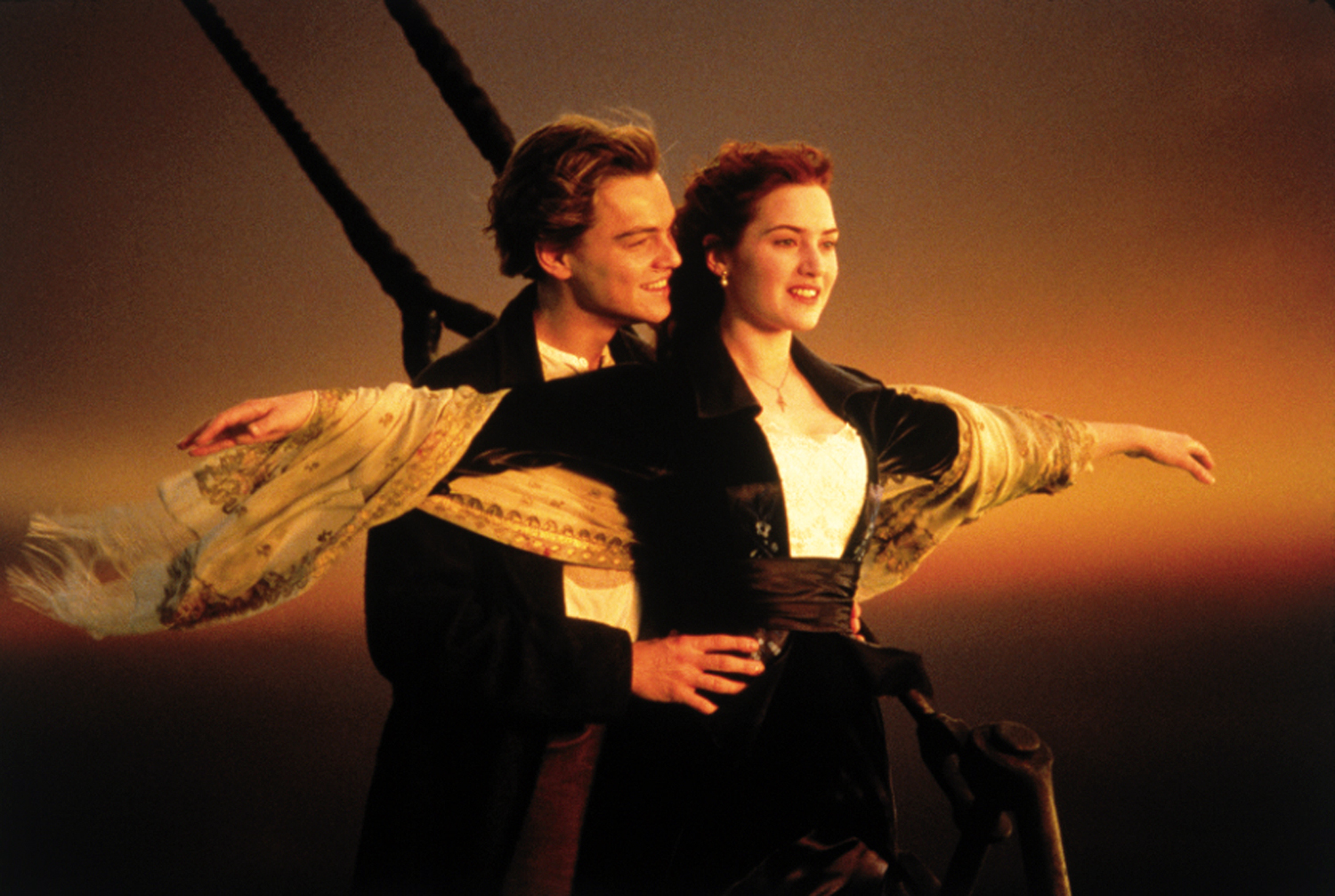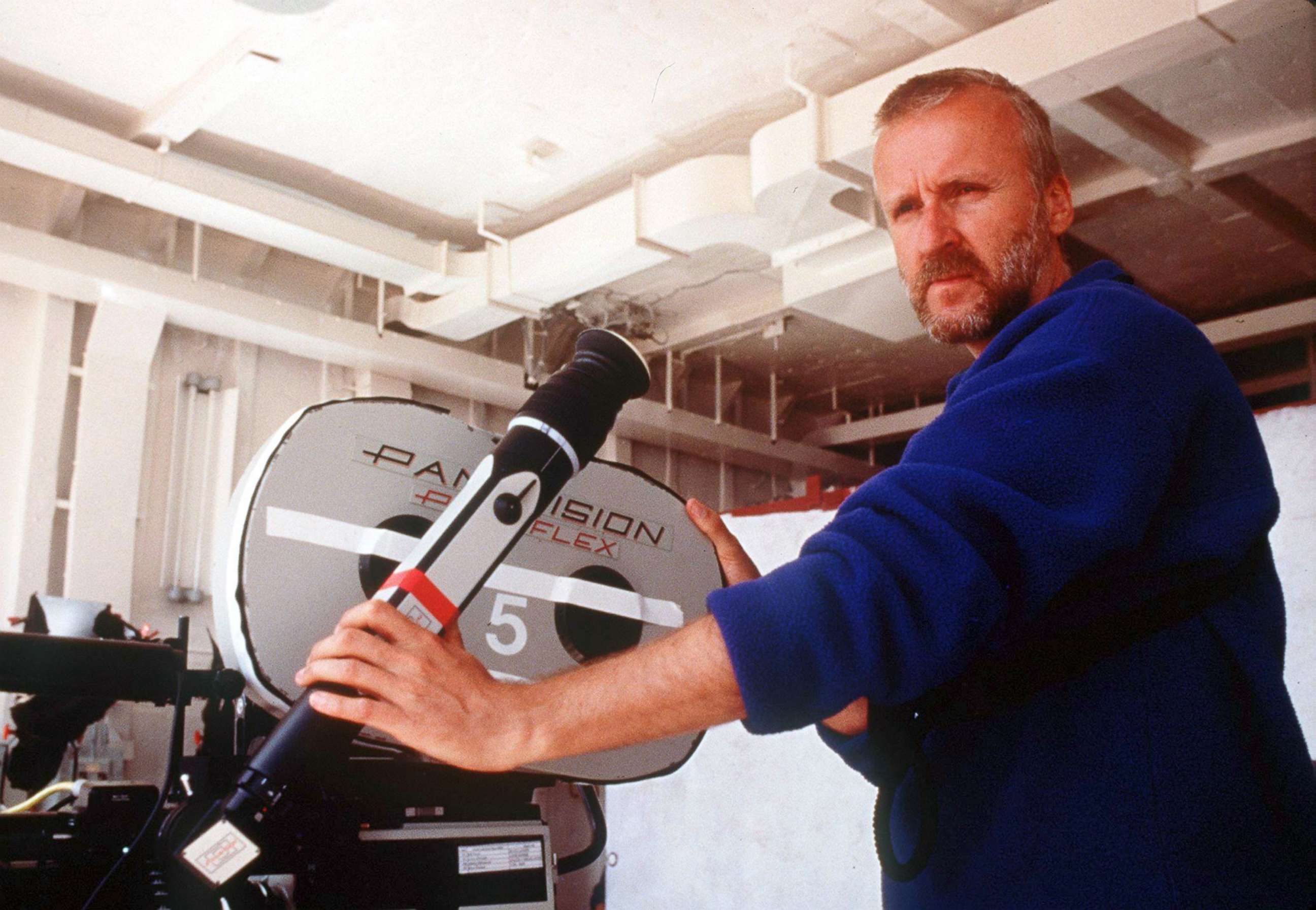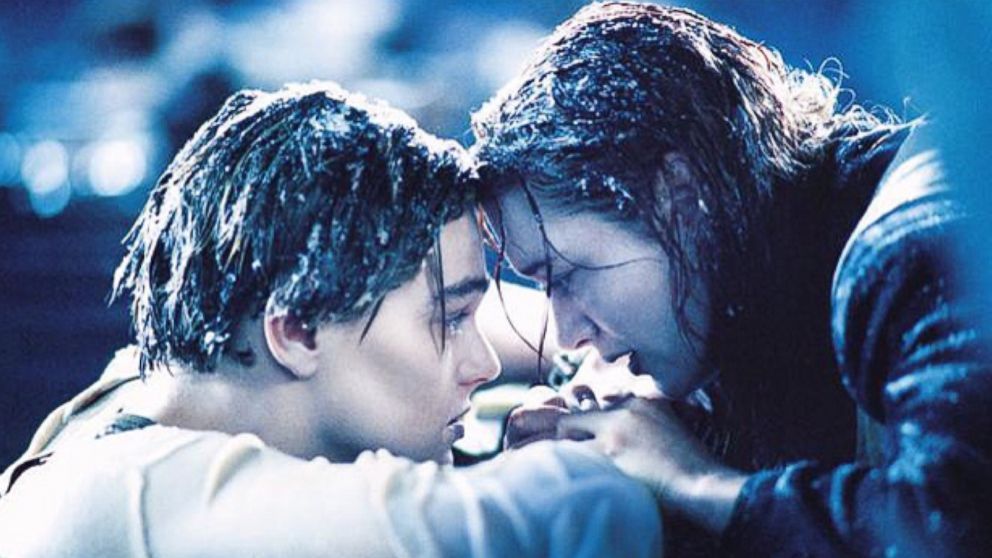Ill-fated 'Titanic' love story has audiences still watching 20 years later
Two names movie lovers won't forget: Jack and Rose.
— -- When James Cameron made "Titanic," which was released 20 years ago today, the director took an approach different from his previous films.
Before 1997, Cameron was best known for sci-fi action films like the cult classic "Terminator" franchise. But in taking on "Titanic," the oft-told story of the doomed ship of the same name, which sank on April 15, 1912, Cameron knew immediately how he would persuade audiences to sit down and watch a story they may have thought they already knew.
The Oscar-winning director told Entertainment Weekly that after watching Robert Ballard’s 1987 National Geographic documentary about the ship's wreckage in the North Atlantic, he jotted down a few notes.

Cameron said he wrote, "Do story with bookends of present-day [wreckage] scene." He later scribbled, "Intercut with memory of a survivor," and concluded, "Needs a mystery or driving plot element."
The plot, he later figured, would be a love story between Rose, a first-class passenger who attempts suicide rather than marry her millionaire boyfriend, and Jack, a lower-class passenger who rescues her twice before dying himself.
Cameron, 63, pitched what was then the most expensive film of its time to Paramount and Twentieth Century Fox, the two studios that begrudgingly gave $200 million to the Canadian director. He described it then as "Romeo and Juliet on the Titanic."
How do you make people care about a ship they know is going to sink? By making them care about who's on that ship, Cameron believed.
The director slowly developed the story of the ill-fated couple, played by Kate Winslet and Leonardo DiCaprio.
"It's romantically well told," Walt Hickey, chief culture writer for ESPN's Five Thirty Eight told ABC News. "It's an hour and a half before you even hit the iceberg, but you know that it’s coming. You basically spend a half an hour trying to dig up the Titanic, an hour getting the stakes for the characters ... and then understand the loss of it."
Cameron admitted to British journalist Francine Stock that the slow development of Rose and Jack's relationship was completely intentional.
How do you make people care about a ship they know is going to sink? By making them care about who's on that ship, Cameron believed.

"They fall in love, they run around the ship -- it's really nothing but character and the development of a relationship for two hours. Then, a whole bunch of bad stuff happens," he detailed. "Which, structurally, is a very...strange architecture for a movie, but it worked because the only way all that disaster stuff later meant anything to you as an audience was because you cared about them."
"Titanic," which he jokingly told EW was "a $190 million chick flick," also captured audiences because of it's technical virtuosity. Fox, for the first time in the studio's history, built a studio in Rosarito, Mexico just so that Cameron's 775,000-foot replica of the ship could tilt, thanks to hydraulics, and eventually flood.
Cameron's dedication to bringing the Titanic's spirit to life was shown in 1995 when he and his team actually visited the shipwreck in the Atlantic Ocean 12 times. And every feature of the boat in the film was created from scratch, including the Titanic's grand staircase. The film, shot over 160 days, was intense. Some days, actors -- thousands of whom were hired -- would work 20-hour days.
Winslet famously told the Los Angeles Times that while shooting she "chipped a small bone in my elbow."

"We wanted this to be a definitive visualization of this moment in history as if you had gone back in a time machine and shot it," Cameron told Stock. "But then, of course, overlaid and woven through that is this love story."
The combination of a disaster film with a romantic subplot often doesn't work well, said Greta Hsu, a professor at University of California, Davis, whose research looks at the tradeoffs of combining different film genres.
"It’s a big risk," Hsu told ABC News. "On average, films that tend to combine ... tend to suffer."
Hsu said studios will often try to combine different film genres as a way to ensure there's a large "broad, diverse audience" in order for the films to "recoup their investments."
"The idea is that they’re going to bring in different demographics," Hsu explained. "And there’s a reason why disaster and romance seem to go together well. They're very emotional kind of story lines. The plot lines ... often reinforce one another."

Steven Spielberg once praised Cameron for his ability to combine the two narratives. "He gets a lot of points for being a techno-brat, but he is a very emotional storyteller," he told The New Yorker.
And Hollywood, which originally panned the film, took notice. "Titanic" went on to win 11 Academy Awards, including best picture and best director, tying the previous record holder, "Ben-Hur."
Cameron still believes that without Rose and Jack, and the latter's eventual demise in the great ocean, the film wouldn't have had the same impact on moviegoers.
In a recent interview, the director explained why Jack eventually perished as many real-life passengers of the Titanic did 105 years ago.
"Had he lived, the ending of the film would have been meaningless," he told Vanity Fair last month. "The film is about death and separation; he had to die."




